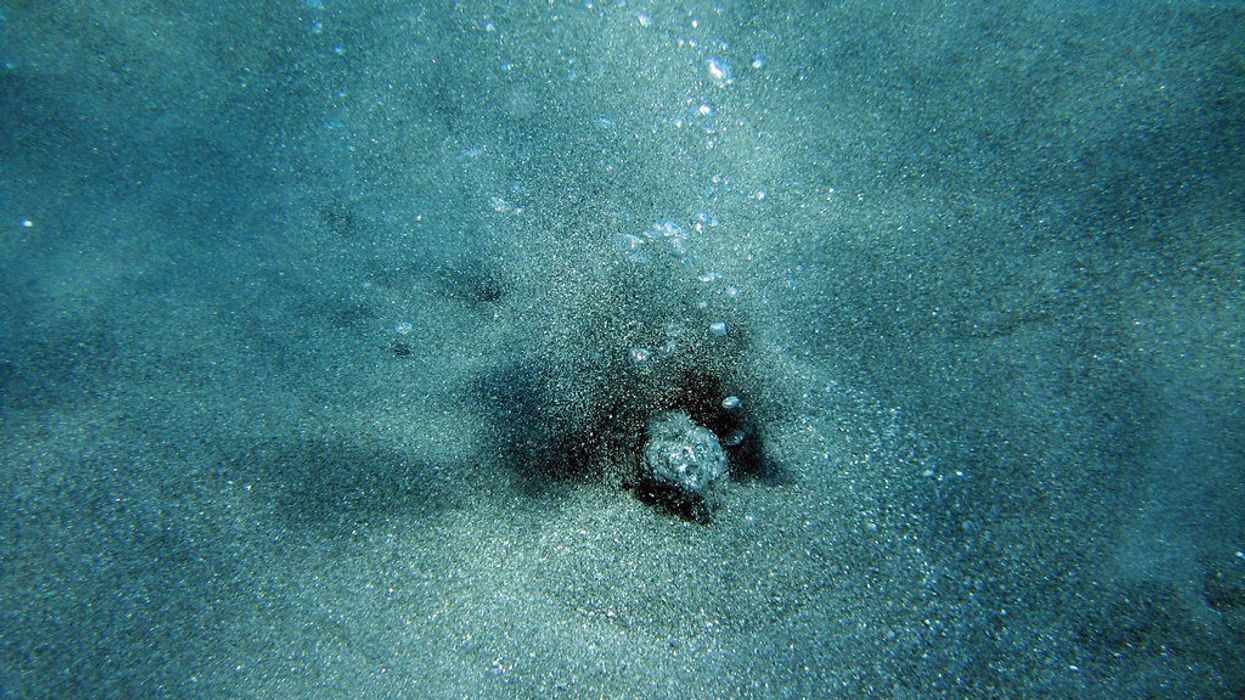Catherine Shuttleworth
Mar 19, 2024

New study reveals how hydrogen kickstarted life at the dawn of time
New research shows how hydrogen gas plays a crucial role in generating energy within cells, and was essential in kickstarting life on Earth.
Now a study from William F. Martin at the University of Düsseldorf and Martina Preiner at the Max Planck Institute (MPI) for Terrestrial Microbiology in Marburg is highlighting how the first cells on Earth harnessed hydrogen gas as an energy source.
The very first cells on Earth originated from hydrogen gas produced in hydrothermal vents, the reaction of hydrogen gas with carbon dioxide created living molecules.
In order to harvest energy, cells have to push the electrons from hydrogen gas energetically uphill. “That is like asking a river to flow uphill instead of downhill, so cells need engineered solutions,” explains one of the study authors, Max Brabender. How cells achieved this was only discovered 15 years ago, by Wolfgang Buckel and Rolf Thauer.
They found that cells send the two electrons in hydrogen down different paths. One electron goes so far downhill that it sets a pulley-like system in motion, pulling the other electron energetically uphill. This process is known as electron bifurcation. In cells, the process requires several enzymes.
So, how an energetically uphill reaction could occur in early evolution, prior to enzymes or cells, has been a difficult puzzle to piece together.
“Several different theories have proposed how the environment might have pushed electrons energetically uphill to ferredoxin before the origin of electron bifurcation,“ says Martin. “We have identified a process that could not be simpler and that works in the natural conditions of hydrothermal vents”.
Since the discovery of electron bifurcation, scientists have identified the process to be ancient, as well as essential in microbes that live from hydrogen gas. But how was hydrogen gas harnessed for carbon dioxide before the existence of proteins?
"Metals provide answers,” Preiner says. “At the onset of life, metals under ancient environmental conditions can send the electrons from [hydrogen gas] uphill, and we can see relicts of that primordial chemistry preserved in the biology of modern cells.”
But metals alone are not enough.
“[Hydrogen gas] needs to be produced by the environment as well” adds co-first author Delfina Pereira from Preiner’s lab.
Hydrothermal vents, both modern and ancient, generate hydrogen gas in such large amounts that the gas can turn iron-containing minerals into shiny metallic iron. However, this is nothing new. The surprise is that nature does this too, especially at hydrothermal vents, and that this naturally deposited iron could have played a crucial role during the origin of life.
Sign upto our free Indy100 weekly newsletter
Have your say in our news democracy. Click the upvote icon at the top of the page to help raise this article through the indy100 rankings.
How to join the indy100's free WhatsApp channel
Top 100
The Conversation (0)













